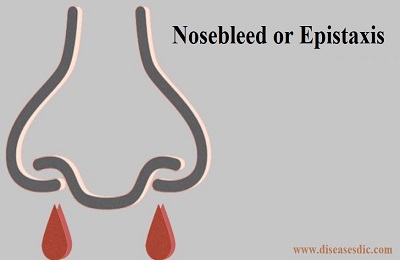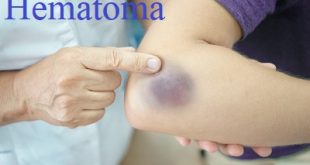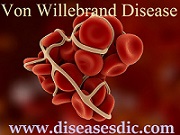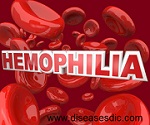What is a Nosebleed? Simply put, a nosebleed is the loss of blood from the tissue that lines the inside of your nose. Nosebleeds (also called epistaxis) are common. Some 60% of people will have at least one nosebleed in their lifetime. The location of the nose in the middle …
Read More »Hematoma – Causes, Risk Factors, Treatment, and Prevention.
What is Hematoma? Hematoma is generally defined as a collection of blood outside of blood vessels. Most commonly, hematomas are caused by an injury to the wall of a blood vessel, prompting blood to seep out of the blood vessel into the surrounding tissues. It can result from an injury …
Read More »Von Willebrand Disease – Introduction, Causes, and Treatment.
Introduction Von Willebrand Disease is a blood clotting disorder transmitted genetically which affect in both men and women. This disease is caused by the missing of Von Willebrand Factor (VWF) or by defective VWF. It is a protein responsible for clotting blood. VWF and Factor VIII (a key protein for …
Read More »Bleeding Disorder – Mechanism, Complications, and Treatment.
Definition Bleeding disorder is a group of conditions that result when the blood cannot clot properly. In normal clotting, platelets, a type of blood cell, stick together and form a plug at the site of an injured blood vessel. Proteins in the blood called clotting factors then interact to form …
Read More »Hemophilia – Causes, Complications and Prevention.
Definition Hemophilia is an inherited bleeding disorder in which a person lacks or has low levels of certain proteins called “clotting factors” and the blood doesn’t clot properly as a result. This leads to excessive bleeding. Bleeding disorders are due to defects in the blood vessels, the coagulation mechanism, or …
Read More » Diseases Treatments Dictionary This is complete solution to read all diseases treatments Which covers Prevention, Causes, Symptoms, Medical Terms, Drugs, Prescription, Natural Remedies with cures and Treatments. Most of the common diseases were listed in names, split with categories.
Diseases Treatments Dictionary This is complete solution to read all diseases treatments Which covers Prevention, Causes, Symptoms, Medical Terms, Drugs, Prescription, Natural Remedies with cures and Treatments. Most of the common diseases were listed in names, split with categories.





